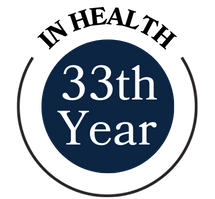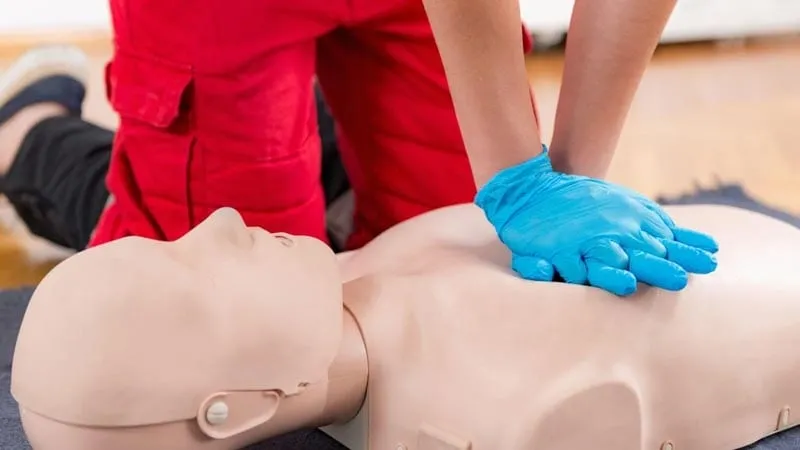Avicenna International Hospital has the latest technology systems and is prepared to meet emergency hospital needs with its Emergency Service. It supports patients who require an emergency ambulance due to its skilled ambulance medical personnel. The hospital’s emergency service staff is on call twenty-four hours a day, seven days a week.
112 Ambulance
Avicenna International Hospital is ready to meet all emergency hospital needs. It provides emergency ambulance services to everyone who needs one according to its ambulance medical personnel. The hospital emergency department is the most accessible and the fastest to act among all other departments. Patients can request an ambulance by calling our hospital. On the other hand, 112 Emergency Service teams can bring any patient they want to our hospital.
Emergency Service Department
There are several sections in our emergency care department, including triage, counseling, examination rooms, resuscitation rooms, isolation rooms, observation rooms, intervention areas, waiting areas, and gynecological examination rooms. Our emergency service provides nonstop assistance every day of the week.
Emergency Service Patient Reception
The team in charge of patient reception first greets and directs patients. They may accompany the patient throughout this process. The executive staff periodically examines our personnel in the counseling departments on issues such as communication, morality, ethics, patient satisfaction, and patient rights.
Admission of Patients
Patients who come to our emergency department with our hospital’s own ambulance or 112 ambulances are transferred directly to the yellow area. Patients with life-threatening or severe conditions are included in the red area. Other patients, on the other hand, are taken to triage after the registration process and then directed to the green area. All necessary emergency procedures are initiated for our patients who are evaluated by our specialist doctors.
The registration procedures of the patients who did not come with a relative are carried out by our staff. Prescriptions are written for the patients who are examined in the green area. Patients are sent to the relevant polyclinic if a situation necessitates an examination. Patients directed to the yellow area are taken to outpatient treatment if their condition is good after the necessary examination and then discharged. For the patients whose hospitalization decision is taken, the necessary procedures are performed quickly and they are observed. On the other hand, patients with severe conditions can be taken directly to the intensive care unit. In case of no available beds in our hospital, 112 ambulance officers are directed directly to other health institutions.
Emergency Service Triage Process
Separating, categorizing, or prioritizing a subject are all forms of triage. Triage is a phrase in medicine that describes how to prioritize intervention and how to pre-control a patient. The first reaction to the patient in emergency services generally involves triage, which is a recognized procedure across the world.
Foreign Patients
patients of foreign nationality who come with urgent hospital needs are taken to passport control by the patient registry. Foreign national patients, whose passport photocopy and ID photocopy are taken, are registered. Foreign national patients who go through the treatment process are charged later.
Patient Examination
Patients brought to the red area are treated immediately. Those whose condition is stabilized are sent to the necessary services or intensive care unit. Patients can be referred to other healthcare institutions via 112 if necessary. Those brought to the yellow area are under observation here. Our doctors and nurses gather data from the patients and conduct the essential tests and controls.
For the laboratory examination process, blood sampling is done by the department nurse. The examinations are recorded by the secretaries and taken to the laboratory by the relevant personnel. For radiological examinations, the patients are taken to the radiology department by the relevant personnel, where the procedures are completed.
Progress of the Observation Process
The drug names, usage times, and application forms of our patients under observation are recorded. The doses of the drugs are also recorded and reported to the nurses. Nurse bells are found on the bedsides of our patients under observation. On the other hand, the medical gas system is also available. Nurses are responsible for the care and cleaning processes of the patients. Assays or examinations are taken from the patient’s bed.
Patient’s Discharge
The discharge procedures of the patients under observation in the emergency service department of our hospital are carried out in light of the information given by our specialist physicians who are in charge of that process. All tools and equipment reserved for personal use, such as bedspreads, sheets, and pillows of discharged patients, are changed immediately.
Emergency Service Department Security
The emergency service department of our hospital is under the control of our security guards. Our patients, their relatives, and health personnel are under the supervision of security personnel who are experts in their fields. In addition, many security cameras are recording 24 hours a day, 7 days a week.

Assoc. Prof. Dr. Mustafa Haki Sucakli
Emergency Service

M.D. Faruk Aytekin
Emergency Service

M.D. Temel kalender
Emergency Service- Ataşehir Hospital

M.D. Nazan Aydogdu Soy
Obstetrics & Gynecology



